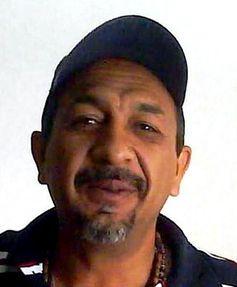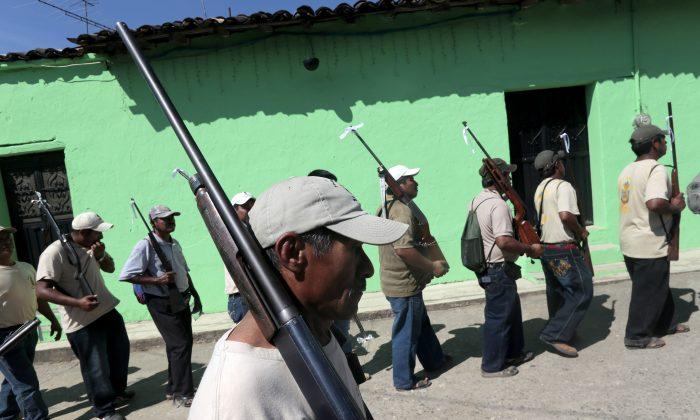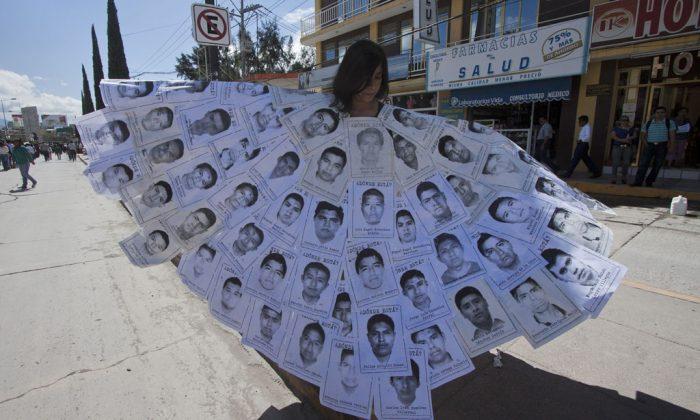Mexico’s problems with organized crime came to a head this year. Faced with government inaction, vigilantes began arming themselves against mafia in the central-west state of Michoacán.
In January the Mexican president, Enrique Peña Nieto, sent in Alfredo Castillo, a media-savvy prosecutor who has fought fires for him in the past. With a population of 4.4 million and an economy that ranges from agriculture to forestry to iron and steelworks, Michoacán’s mafia problem may not have been worse than, say, the neighboring state of Jalisco, where last week a federal congressman was abducted and killed. Rather, the special intervention from the government in the state was because the vigilantes brought it widespread attention.
Castillo set to work with the vigilante groups, using their local knowledge to track down mafia. He turned them into a new rural force, complete with uniforms, vehicles and weapons. Together they have arrested or killed hundreds of mafia leaders and henchmen, as well as politicians and functionaries who colluded with the mafia.

The Backlash
Yet the president’s man is now beset by critics, who complain that he has staged a “circus” to maximize media coverage rather than tackle the issues. Some remaining vigilante groups, notably through the Facebook page “Valor Por Michoacán,” have gone further. They accuse him of setting up a new cartel, pointing to the number of ex-mafia figures in the leadership of the new rural force. On Wednesday October 1, the vigilantes declared they plan to rise up again.
The attacks on Castillo may seem harsh. After years of failed attempts by the Mexican government to crack down in Michoacán, the mafia is finally in disarray. Castillo’s strategy has not been pretty and no doubt falls far short of legality. But the situation was critical and the legal institutions had been infiltrated by criminals. An example—four federal agents were arrested in February after letting the local mafia boss escape from custody. With regard to the ex-mafia in the new police, Castillo recently explained: “It takes a nail to drive out a nail.”
Castillo’s critics do have agendas of their own. Some look to discredit him in the hope of freeing vigilantes he has imprisoned. Chief among these prisoners is Manuel Mireles. He is as charismatic as Castillo and as ambivalent as any vigilante leader—an obstetric surgeon who served time in 1988 for drug trafficking (though he says he was framed). Mireles refused to join the rural force and continued to “liberate” towns after an ultimatum to desist. His real sin in Castillo’s eyes, some say, was to try to build a national self-defense movement.
Other critics have an electoral agenda—they accuse Castillo of seeking to rehabilitate the president’s party, the PRI (Institutional Revolutionary Party), in time for next year’s state election. He has in fact arrested large numbers of PRI men and women, but some believe he’s purging the party to restore its credibility. Arguably he had little choice—since several of the arrested had starred in YouTube videos, in meetings with mafia leaders.

Mafioso, Bureaucrats and Videotape
The mafia made the videos to blackmail their partners in government. A dozen have been released—one every couple of weeks—but there are said to be 500 more. Though it was rumoured Castillo held copies and was releasing them himself, it is now thought that the fugitive mafia boss Servando Gomez, known as “La Tuta,” is responsible.

Gomez is the third media personality in the story, after Castillo and Mireles. He is by profession a primary school teacher, but this week Mexican commentator Denise Maerker noted Gomez styles himself as something of a statesman. In the videos, Gomez is seen to approve and disapprove of candidates for city mayors and the state governorship. Worse still, politicians are seen to bow and scrape to him. The Michoacán governor’s son was recorded enjoying a beer, letting Gomez in on his father’s failing health—which had publicly been denied—and offering to organize a group in support of “the company.”
It’s not only politicians who are groveling. Last week Eliseo Caballero, Michoacan’s correspondent for Televisa, the continent’s largest TV network, appeared in a video receiving money from Gomez in return for media advice. Gomez complained that an interview he had given was never aired: what law, he asked, prohibited it? The journalist saw fit to reply: in Mexico, laws are made to be broken.
The Future
At best, Castillo’s achievements hang on a thread. The Rural Force may indeed be building a new mafia, with or without Gomez. There have been few reports of crystal meth laboratories or marijuana plantations being closed down. There are many reports of current and former mafia, some in uniforms, continuing to extort and kidnap.
Without economic alternatives, it is hard to see how locals, or vigilantes, will resist illicit opportunities for long. The chamber of commerce has complained that none of the development funding promised by Castillo has materialized. A former prosecutor estimated that 85% of the state’s businesses are linked to the mafia, yet Castillo has arrested no one for money laundering.
As well as recruiting vigilantes, Castillo has brought in police from his home state, yet these are no more popular. Last week, newly recruited police in the town of Ciudad Hidalgo shot and killed three young people they believed to be criminals. In another town, police opened fire on locals protesting about police abuse.

To be fair, such unlawful killing is not unique to Michoacan. Across the state border in Guerrero, last Saturday police fired on protesting students who had seized a bus, killing six, while dozens were reported missing. There is reason to believe that mafia gunmen were involved, while the mayor claims he was at a dance, oblivious to the protests. Across Mexico, Human Rights Watch has denounced multiple violations of human rights by government forces, most recently the execution of 22 young gunmen in Mexico state.
Still, Michoacan’s citizens have had it tough. Faced by ex-mafia-turned police, videos of politicians with mafia, a lack of economic alternatives and human rights abuses, it is certainly hard to ask them to trust their future entirely to the president’s man.
Trevor Stack is a senior lecturer in Hispanic studies, and director of the Centre for Citizenship, Civil Society and Rule of Law at the University of Aberdeen in the U.K. This article was originally published on The Conversation.


Friends Read Free